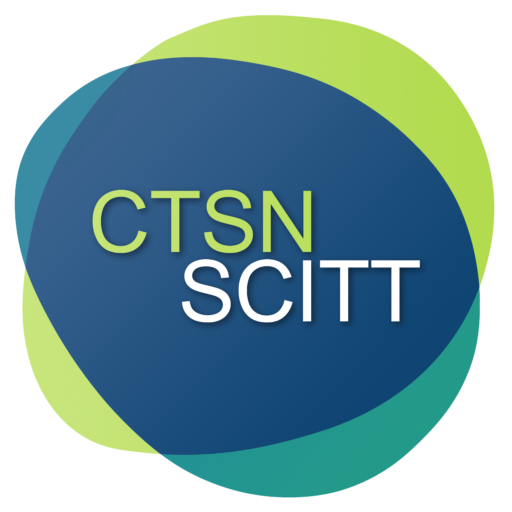All trainee teachers are expected to be competent in the fundamental skills for English and mathematics. Training providers need to demonstrate that all trainees meet these standards by the end of the training year.
CTSN SCITT use diagnostic assessments during the recruitment process to see where applicants are at the initial stage of their journey to become a teacher. These are used to inform training needs so that all fundamental skills are secure before the end of the training period.
Before being recommended for QTS at the end of their training, trainees must be able to demonstrate competence in four areas:
Speaking, listening and communication – Teachers should use standard English grammar, clear pronunciation and vocabulary relevant to the situation to convey instructions, questions, information, concepts and ideas with clarity. Teachers should read fluently and with good understanding.
Writing – A teacher’s writing will be seen by colleagues, pupils and parents, as such, it is important that a teacher’s writing reflects the high standards of accuracy their professional role demands. They should write clearly, accurately, legibly and coherently using correct spelling and punctuation.
Mathematics – Teachers should use data and graphs to interpret information, identify patterns and trends and draw appropriate conclusions. They need to interpret pupil data and understand statistics and graphs in the news, academic reports and relevant papers.
Mathematics – Teachers should be able to complete mathematical calculations fluently with whole numbers, fractions, decimals and percentages. They should be able to solve mathematical problems using a variety of methods and approaches including: estimating and rounding, sense checking answers, breaking down problems into simpler steps and explaining and justifying answers using appropriate language.
CTSN SCITT will help you to identify and reflect on any shortfalls and work with you to achieve your targets towards achieving proficiency in these four areas.



